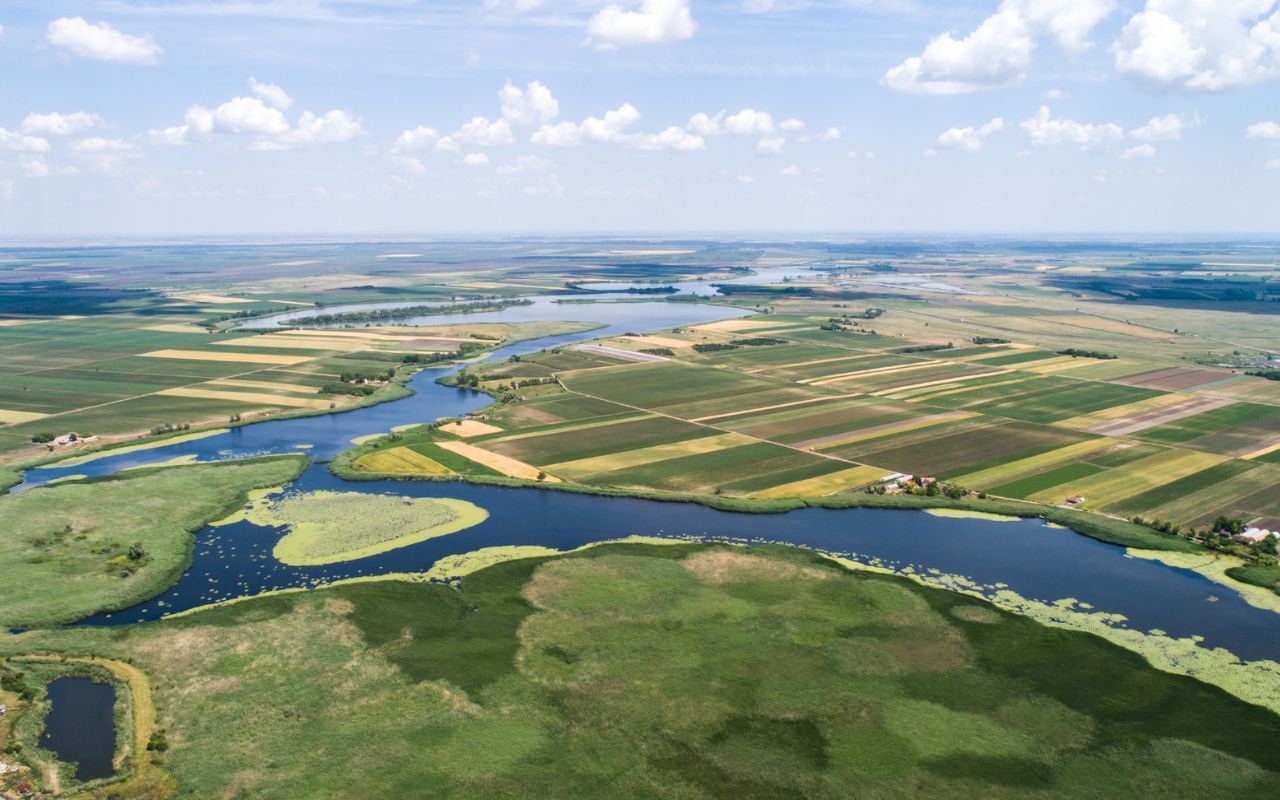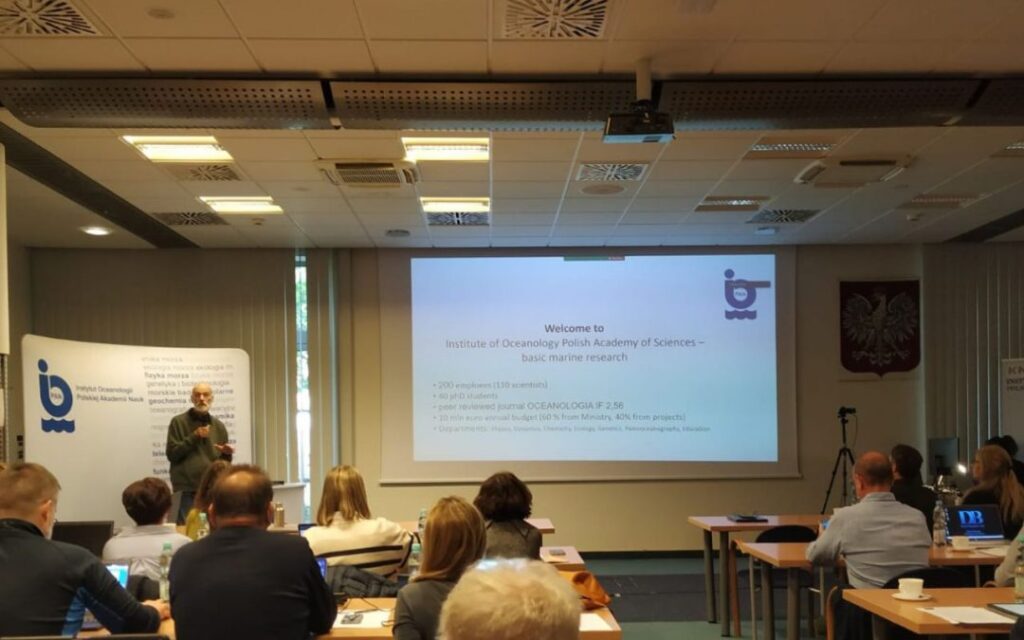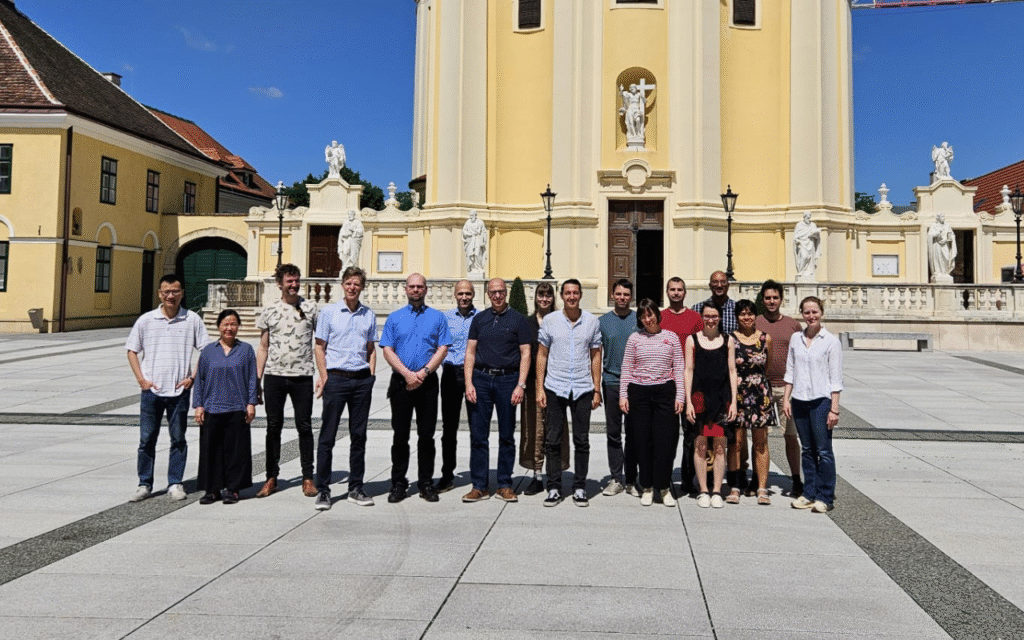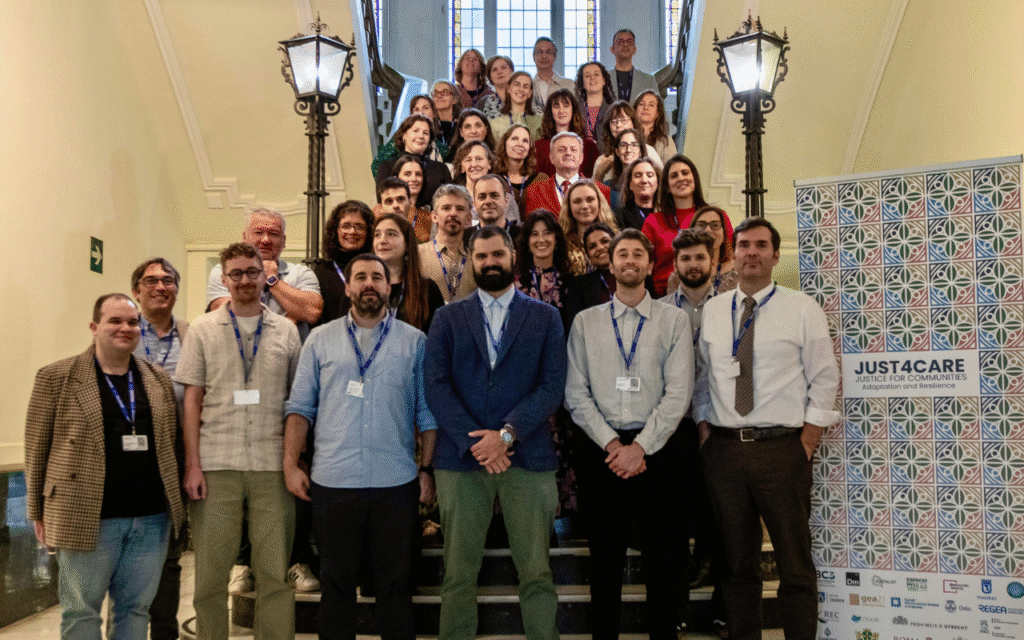ARIES’ Natural Capital Accounting project manager at BC3 Alessio Bulckaen and Natural Capital Accounting Specialist at U.S. The Geological Survey (USGS) Ken Bagstad recently led a comprehensive review of candidate models, data sources, and SEEA-compatible valuation methods for all ecosystem service assessments based on the SEEA EA ecosystem services reference list as a part of the Kunming-Montreal Global Biodiversity Framework (GBF).
With this analysis, the ARIES team is contributing to providing the scientific state of the art to reach Target 11 of the GBF, one of 23 targets set for achievement by 2030, focusing on the ongoing endeavor to comprehend and quantify the intricate relationship between ecosystems and human well-being.
The review presents a thorough table of candidate models, data sources, and SEEA-compatible valuation methods for all ecosystem services. It encompasses a wide array of methodologies, along with ecosystem service-specific models and national ecosystem accounts from countries like the Netherlands, South Africa, and the UK.
For this analysis, three prioritization criteria were employed:
- The first one, ecosystem services assessment, evaluates the availability and suitability of existing models, addressing their strengths and weaknesses in capturing the complexity of ecosystem functions and service provision. It addresses the limitations of each model, its data requirements, and its potential for monetary valuation.
- The second criterion, ecosystem service sheds, emphasizes the importance of selecting the appropriate spatial and temporal context for ecosystem service analysis, ensuring that assessments accurately capture relevant ecosystem dynamics and human interactions.
- The third one, calibration, involves comparing model results to directly measured data, by assessing the model’s predictive accuracy in estimating ecosystem services.
This overview sheds light on the unsolved issue of service sheds. In ecology, a service shed can be defined as the appropriate spatial and temporal context for quantifying a service. The definition of such boundaries depends on the scale and dynamics of the networks connecting both the ecosystems supplying the service (supply side) and the service’s human beneficiaries (demand side). According to the service assessed, and to the components of the model estimating the ES, the correct spatial and temporal context must be adjusted. Failure to account for service sheds can lead to misleading estimates of ecosystem service flows and values, and making proper treatment of service sheds is critical to accurate assessments. Part of the ARIES team effort is focused on complex systems and works to provide solutions to solve this decade-long, but still pending issue.
The summary table, following the FAIR principles of data management, aims to uncover current challenges and limitations in ecosystem service modeling, aligning with ARIES’ mission of providing accessible and robust scientific assessments for ecosystem services around the globe.
It emphasizes the importance of updating the content of this overview with evolving scientific data and models, highlighting the need for crowdsourcing and collaboration among scientists and modelers familiar with ecosystem services, SEEA EA and GBF communities.
The goal is to showcase potential applications for quantifying ecosystem services using sound scientific approaches, ensuring robustness for meaningful statistical reporting and informed policy-making decisions. Collaboration and ongoing dialogue among stakeholders are crucial for advancing this critical field of research.
For easy citation or collaboration, please refer to the following:
Bulckaen, A., Bagstad, K., & Villa, F. (2024). Ecosystem services overview. ARIES: ARtificial Intelligence for Environment & Sustainability. https://doi.org/10.5281/zenodo.10715892
To contribute or collaborate, please contact us at aries@integratedmodelling.org. We welcome your involvement!






